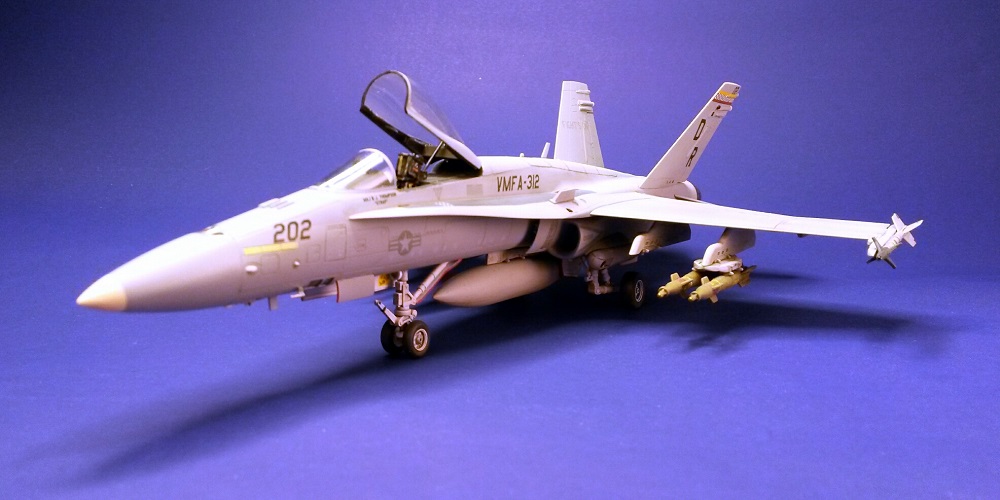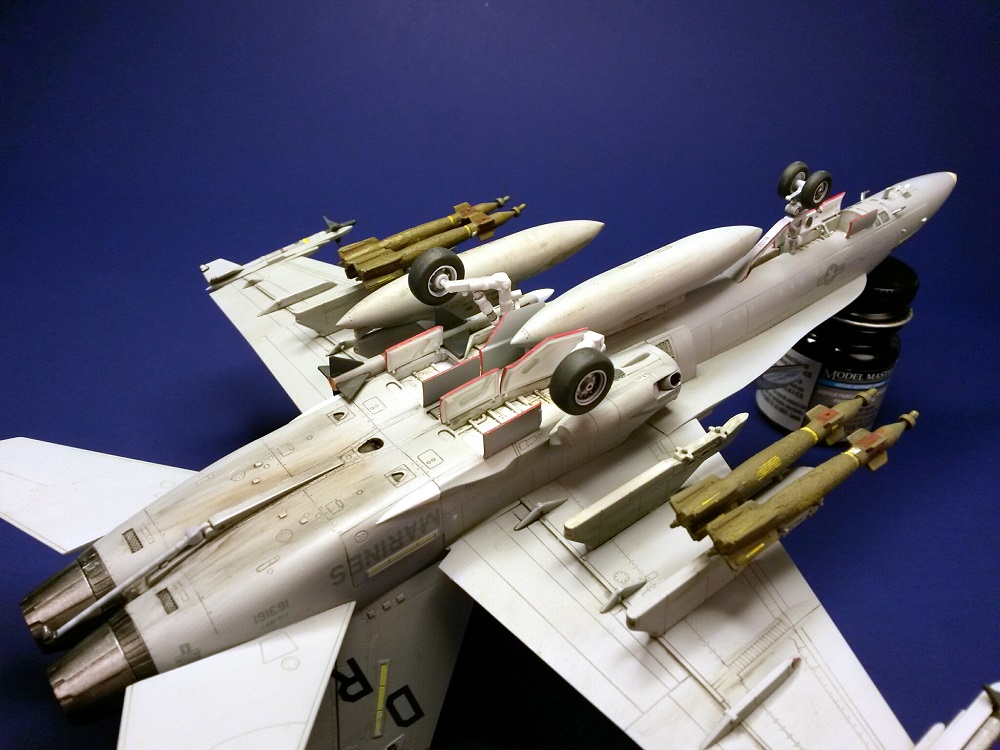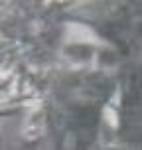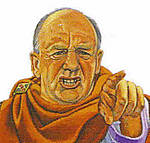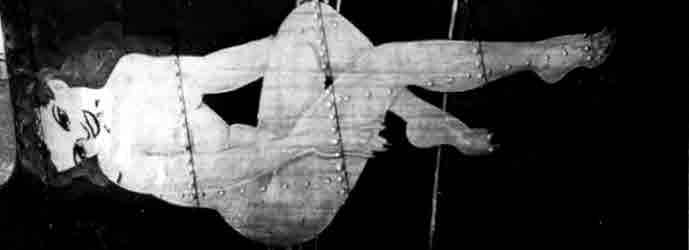A+ refers to Hornets where the original Hughes AN/APG-65 radar was replaced with the Raytheon AN/APG-73. You'll also see reference to A++. Visually speaking, the way to tell the difference between an A and C model is absence of RHAW antennas on the "turtleback" (the hump/spine behind the cockpit) and a couple on the fuselage forward of the cockpit.
Completed a couple of weeks ago. 1/72 scale Academy kit with Wolfpack-Design ejection seat and MAW Decals ("Alphabet Soup"). Testors Model Master acrylics, Vallejo acrylics, AMMO Panel Line Wash, Mig and Vallejo pigments.
The empty station (no. 7) on the port wing is intentional as it/was SOP for Hornets to leave the station empty (or loaded with a small bodied piece of ordnance like a GBU or missile) The FLIR pod's line of sight is blocked when a fuel tank is mounted on station 7.
The exhaust nozzles' insides come smooth. I added the petals using styrene strips, applying a suitably brownish appearance due to high operational tempo. No doubt the plane captain and the maintenance staff are eager to change them out the first chance they get!
I almost went crazy with the weathering but they didn't get as dirty in 2007 as they did in 2003-04.
Overall, the kit is a good build. There are some issues to overcome, but patience and test fitting help. In fact, my next Hornet build will be another one of these but as a C model. I'll add Wolfpack-Designs dropped flaps/folded wings set.


